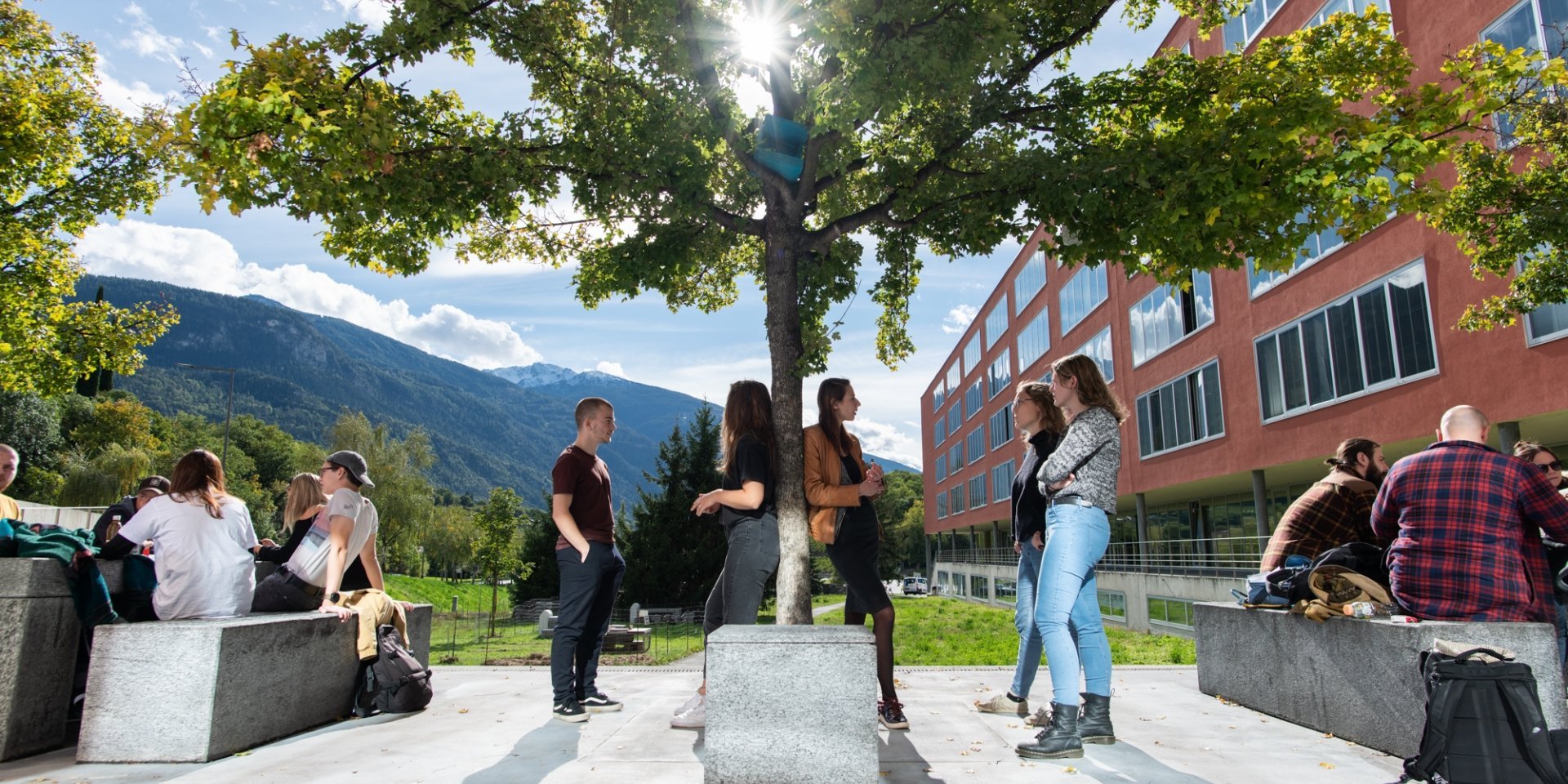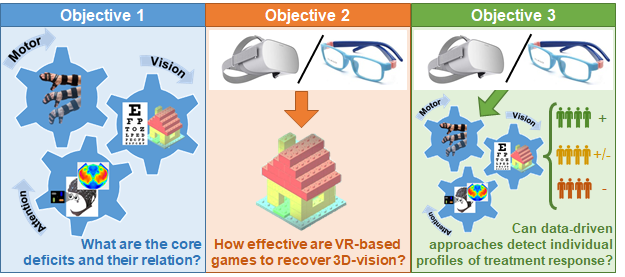Winning a prestigious grant to work on children0s binocular vision

Coming from Belgium (KU Leuven) after obtaining her PhD in Biomedical Sciences, Cristina Simon-Martinez joined the Institute of Information Systems HES-SO Valais-Wallis (medGIFT group) to work on vision rehabilitation and development of attentional skills with Dr. Matusz and Prof Müller. Once in Sierre, she applied and won the prestigious Marie Skłodowska-Curie Individual Fellowship in the 2019 call with her project V-HAB – Optimizing vision rehabilitation with virtual-reality games in pediatric amblyopia. Dr. Simon-Martinez will start her project on the 1st of March 2021.
The V-HAB project focuses on pediatric amblyopia, also known as lazy eye. Lazy eye is a common, developmental vision disorder in children. Typical treatment for amblyopia is based on forcing the use of the bad eye to obtain a clear retinal image in each eye. But several aspects of this vision disorder, like the involvement of 3D vision and motor function, are still understudied and not integrated in the rehabilitation process. The EU-funded V-HAB project will conduct a deep investigation into vision sciences with emphasis on the role of motor control as well as selective attention in children with lazy eye, in collaboration with the University Hospital Geneva.
The V-HAB project aims to:
This project will accumulate clinically relevant results that we hope can be easily implemented in the clinical routing of the collaborating partners.
